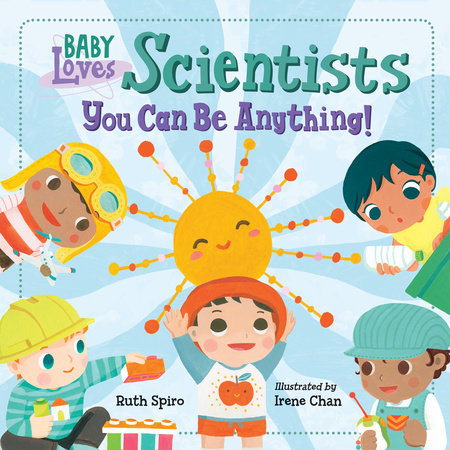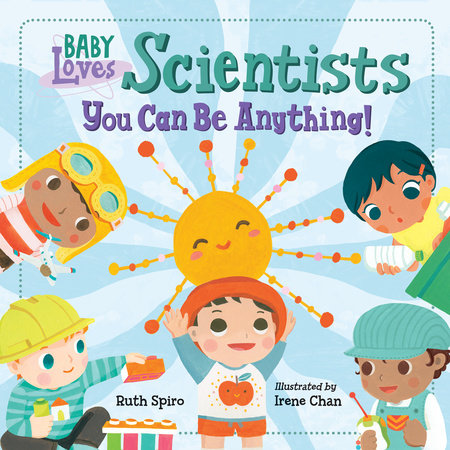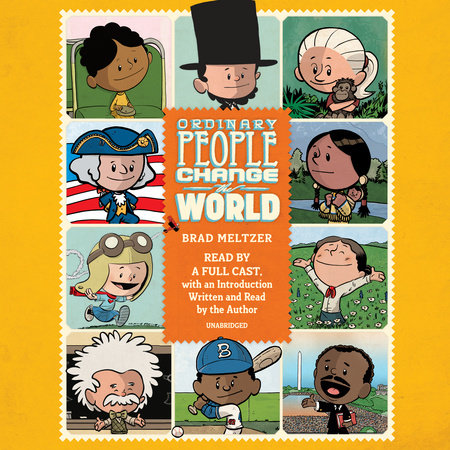

Baby Loves Scientists
By Ruth Spiro
Illustrated by Irene Chan
By Ruth Spiro
Illustrated by Irene Chan
By Ruth Spiro
Illustrated by Irene Chan
By Ruth Spiro
Illustrated by Irene Chan
By Ruth Spiro
Illustrated by Irene Chan
By Ruth Spiro
Illustrated by Irene Chan
Part of Baby Loves Science
Part of Baby Loves Science
Category: Children's Nonfiction
Category: Children's Nonfiction
Category: Children's Nonfiction | Children's Board Books

-
$12.99
Oct 15, 2019 | ISBN 9781623541491 | Baby-3
-
Oct 15, 2019 | ISBN 9781632899705 | Baby-3
-
$8.99
Aug 10, 2021 | ISBN 9781623542474 | Baby-3
YOU MAY ALSO LIKE
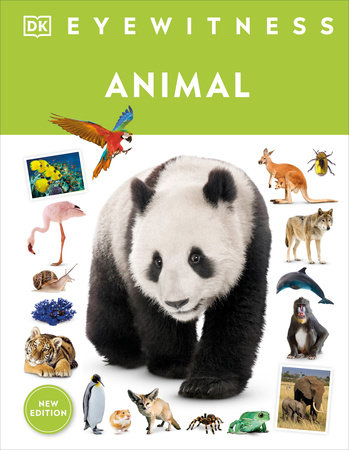
Eyewitness Animal
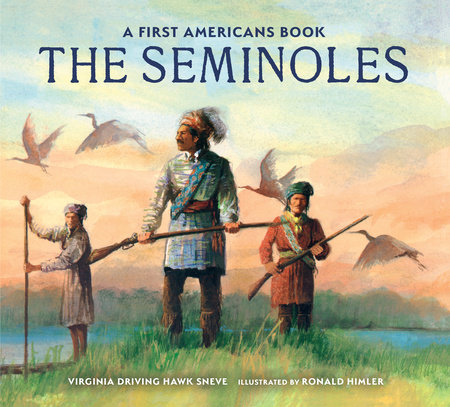
The Seminoles

El Tummy Time
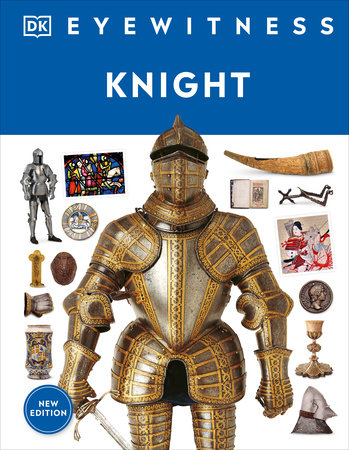
Knight
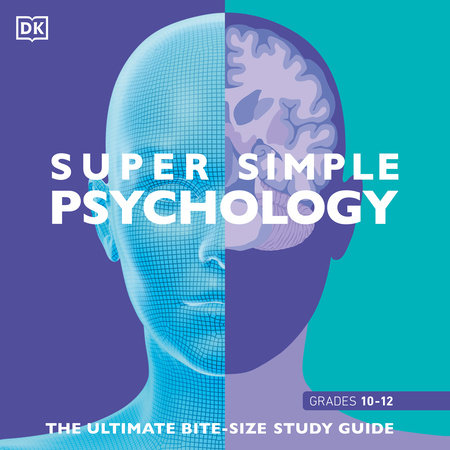
Super Simple Psychology
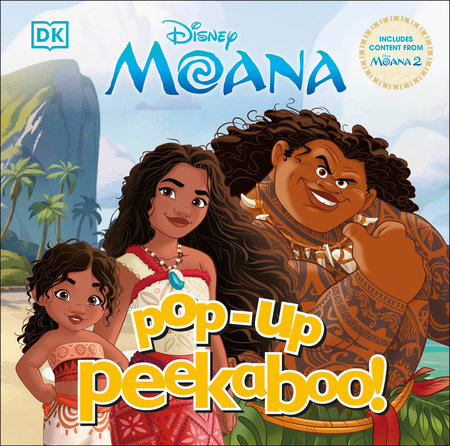
Pop-Up Peekaboo! Disney Moana

A Kids Book About Israel & Palestine

Children of the Dust Bowl: The True Story of the School at Weedpatch Camp
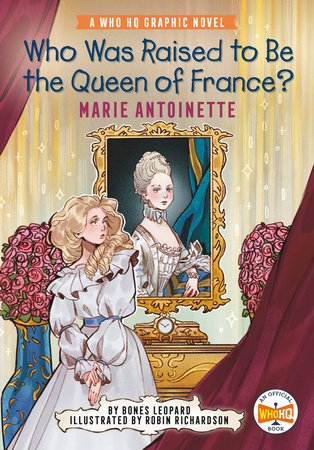
Who Was Raised to Be the Queen of France?: Marie Antoinette
Praise
What do you want to be when you grow up?
If they haven’t already thought about their futures (and they probably haven’t), toddlers and preschoolers might start planning after perusing this cheerful first guide to scientific careers. Plump-cheeked, wide-eyed tykes with various skin and hair colors introduce different professions, including zoologist, meteorologist, aerospace engineer, and environmental scientist, depicted with cues to tip readers off to what the jobs entail. The simple text presents the sometimes-long, tongue-twisting career names while helpfully defining them in comprehensible terms. For example, an environmental scientist “helps take care of our world,” and a zoologist is defined as someone who “studies how animals behave.” Scientists in general are identified as those who “study, learn, and solve problems.” Such basic language not only benefits youngsters, but also offers adults sharing the book easy vocabulary with which to expand on conversations with kids about the professions. The title’s ebullient appearance is helped along by the typography: The jobs’ names are set in all caps, printed in color and in a larger font than the surrounding text, and emphasized with exclamation points. Additionally, the buoyant watercolors feature clues to what scientists in these fields work with, such as celestial bodies for astronomers. The youngest listeners won’t necessarily get all of this, but the book works as a rudimentary introduction to STEM topics and a shoutout to scientific endeavors.
So rocket science can be fun.
—Kirkus Reviews
21 Books You’ve Been Meaning to Read
Just for joining you’ll get personalized recommendations on your dashboard daily and features only for members.
Find Out More Join Now Sign In






